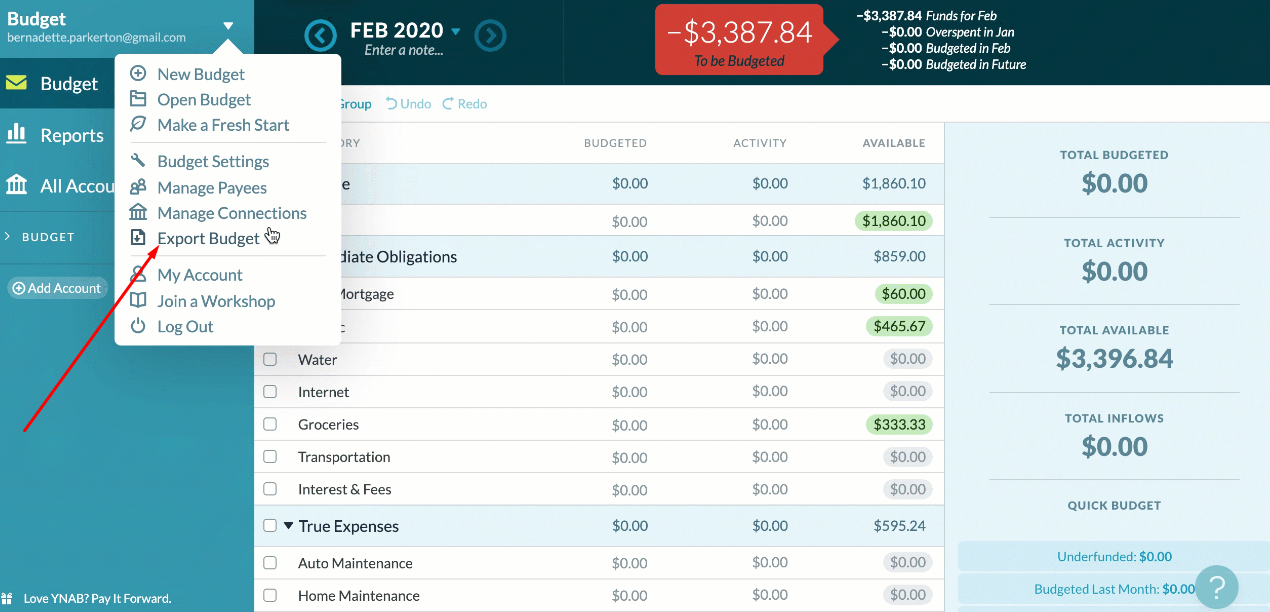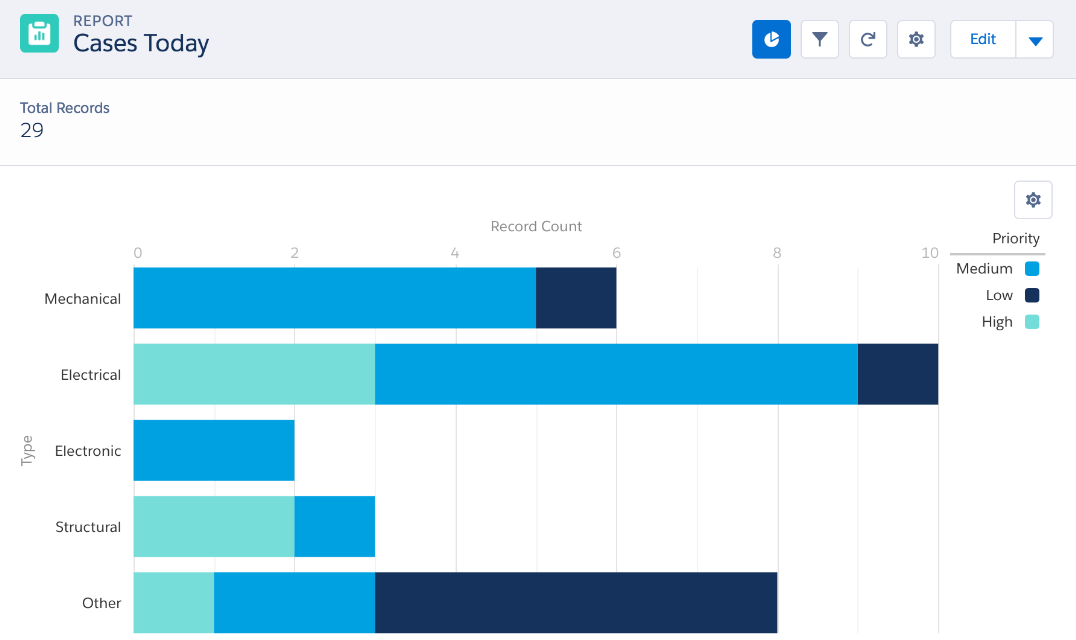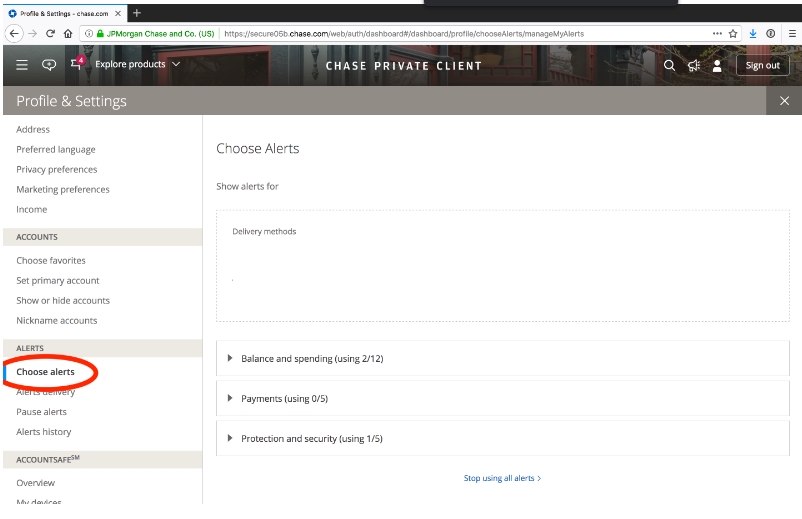Important Chart of Accounts for a Merchandising Business

A chart of accounts is a tool that can be used by businesses to organize and track their finances. It is a list of all the account categories into which a business’s transactions can be classified. While a chart of accounts can be customized to fit the needs of any business, there are certain account types that are common to most businesses, especially merchandising businesses.
In this blog post, we will take a look at the different types of accounts that are typically found in a chart of accounts for a merchandising business. We will also discuss how these accounts are used to track the finances of a business.
Accounts Receivable
As a business owner, you need to have a clear understanding of your accounts receivable. This is the money that is owed to you by your customers. Having a good handle on your accounts receivable will help you to keep track of the money that is coming into your business.
Anúncios
There are a few things that you need to keep in mind when you are setting up your chart of accounts for your merchandising business. First, you need to make sure that you include an account for accounts receivable. This account will track the money that is owed to you by your customers.
Next, you need to set up an account for each type of merchandise that you sell. This will help you to keep track of the inventory that you have on hand. You also need to set up an account for each customer that owes you money. This will help you keep track of who owes you money and how much they owe.
Anúncios
Last, but not least, you need to set up an account for taxes. This account will track the taxes that are due on the merchandise that you sell. By tracking these taxes, you can ensure that you are compliant with the law.
By setting up these accounts, you can get a clear picture of where your business stands financially. This information can help you make informed decisions about how to run your business.
Accounts Payable
Accounts payable is the amount owed by a company to its suppliers for goods and services purchased on credit. Accounts payable is a liability account, which means that it represents money that the company owes.
If a company has accounts payable, it means that it has purchased goods or services on credit. When a company purchases something on credit, it means that they will receive the goods or service immediately, but they will not pay for them until a later date.
The terms of accounts payable vary depending on the agreement between the company and the supplier. However, most accounts payable must be paid within 30 days.
If a company does not have enough cash to pay its accounts payable, it may need to take out a loan or sell some assets in order to raise the necessary funds.
Inventory
Inventory is a current asset on the balance sheet, meaning it’s an asset that can be converted to cash within one year. For merchandising businesses, inventory includes finished goods that are ready to be sold, as well as raw materials and work-in-progress goods.
Inventory is important for businesses because it represents the portion of a company’s assets that are invested in goods that will be sold. The level of inventory a business carries depends on the industry and type of business. For example, retailers tend to carry higher levels of inventory than manufacturers because their products move quickly from shelves to customers.
Businesses must carefully manage their inventory levels because too much inventory can tie up cash that could be used for other purposes, such as investing in new product development or marketing campaigns. On the other hand, not enough inventory can lead to stockouts, which can damage customer relationships.
The goal is to strike a balance between having too much and too little inventory on hand. To do this, businesses track their inventory levels using the perpetual or periodic system. Under the perpetual system, businesses constantly update their records as they buy and sell merchandise. The periodic system is less frequent, requiring businesses to take physical counts of their inventory at set intervals (usually monthly or quarterly).
Cost of Goods Sold
Cost of goods sold (COGS) is the direct costs associated with the production of the goods sold by a company. This includes the cost of materials and labor used to create the product. COGS does not include indirect expenses, such as shipping or overhead.
A company’s inventory is one of its most important assets, as it represents the products that will be sold to customers. The cost of a company’s inventory includes the cost of raw materials, labor, and other expenses incurred in the manufacturing process. The value of a company’s inventory is determined by its ending inventory balance, which is calculated by adding the cost of goods purchased during the period to the beginning inventory balance and subtracting any changes in Inventory during the period.
The purpose of recording COGS is to measure the cost of goods available for sale during a specific period. This information is used in conjunction with other financial information to generate important business ratios, such as gross margin and operating margin, which help managers assess profitability and make decisions about pricing, product mix, and expansion.
Sales
Sales is one of the most important aspects of any merchandising business. Without sales, there would be no revenue to support the business. A strong chart of accounts for a merchandising business should therefore include a detailed sales account.
The sales account should include all revenue generated by the sale of goods or services. This includes both cash and credit sales. Revenue from other sources, such as interest or investment income, should be excluded from the sales account.
The sales account can be further divided into sub-accounts for different types of sales. For example, some businesses may have separate accounts for cash sales and credit sales. Others may have separate accounts for different types of merchandise sold. Still others may have separate accounts for different channels through which they sell their goods, such as retail stores, online stores, and catalogs.
No matter how a business divides its sales account, it is important to track all revenue carefully. Accurate record-keeping will allow the business to see where it is generating the most revenue and make informed decisions about pricing, inventory levels, and marketing efforts.
Operating Expenses
Operating expenses are the costs associated with running your business on a day-to-day basis. They can include everything from rent and utilities to payroll and marketing.
In order to keep track of your operating expenses, it’s important to have a separate account for each type of expense in your chart of accounts. This will help you stay organized and make it easier to track where your money is going.
Some common operating expenses include:
Rent or mortgage payments
Utilities
Insurance
Payroll
Marketing and advertising
Office supplies and equipment
Other Income and Expenses
Other Income and Expenses includes any income or expense not related to the sale of goods or services. This could include interest income, rental income, gains or losses from the sale of assets, and other miscellaneous income or expense items.





